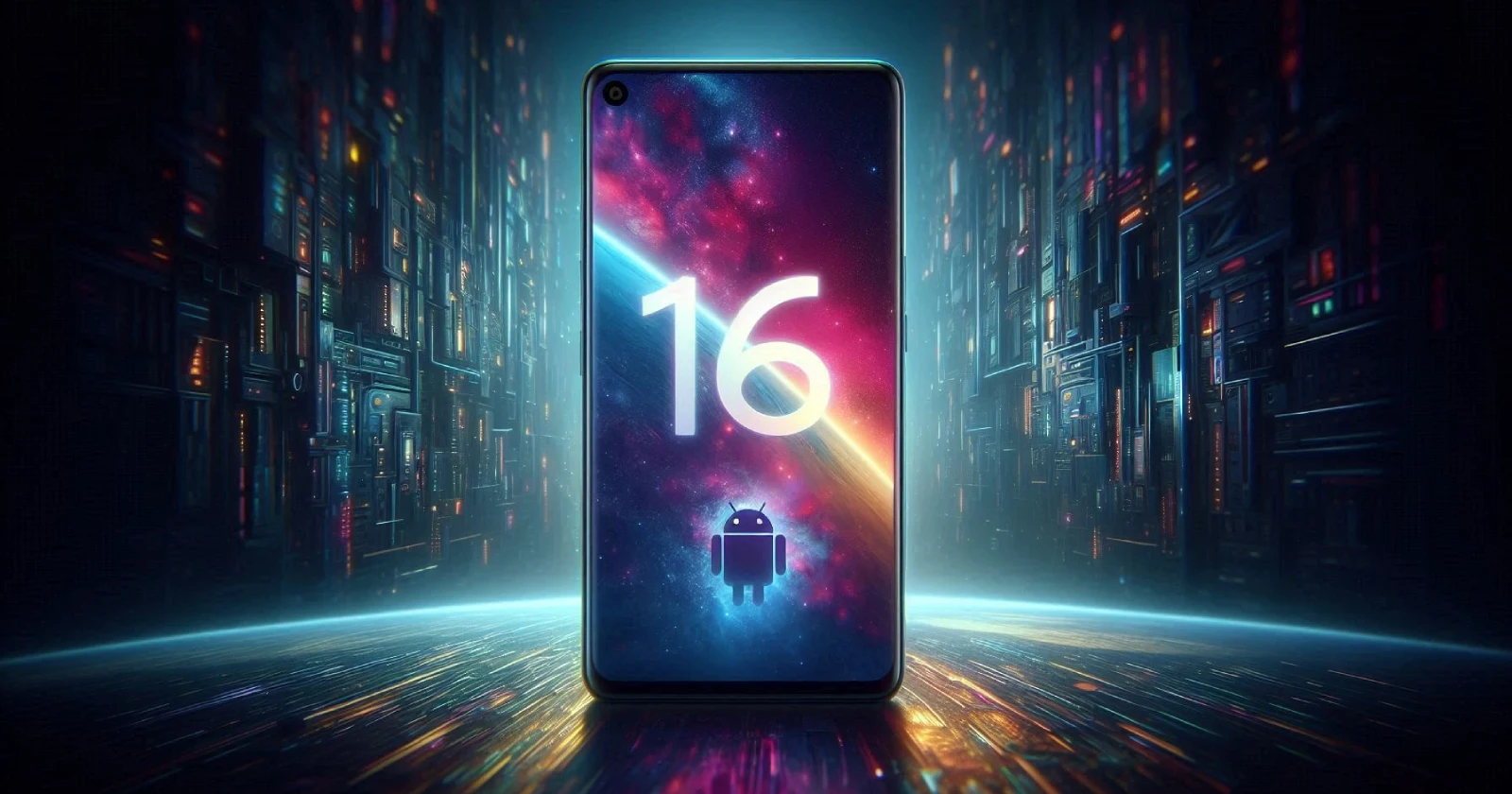Over the years, Android’s release cycles have shifted from infrequent updates to a consistent yearly cadence, with a major release almost every fall. In 2017, Google introduced Project Treble to streamline this cycle, enabling faster updates by separating the core OS from manufacturer-specific customizations.
In recent years, Google has pushed for even quicker improvements through quarterly releases, especially for Pixel devices, as well as continuous updates through Google Play System Updates and monthly security patches. This shift has helped bring features and bug fixes to users faster without needing a full OS upgrade.
Now, with Android 16, Google plans to take the release strategy even further by moving the main release up to Q2 of 2025, rather than the usual Q3 or Q4. This change aligns the rollout with many device launches, making sure users across more devices receive Android 16 closer to launch.
Google announced the change through an Android Developers blog post. That said, here’s what to expect from the upcoming Android version.
Potential new features coming with Android 16
The folks over at Android Authority have been uncovering many potential new features that we might see arrive with Android 16. Here’s a list of the features with a brief description of them.
- Desktop windowing and resizable apps: Android 16 might introduce desktop-style windowing, allowing users to open multiple apps in adjustable windows. Initially previewed on the Pixel Tablet, this feature extends a desktop-like multitasking experience across tablets and foldables.
- Redesigned Settings homepage: The Settings homepage will also bag a streamlined layout to simplify navigation. This updated design, tested in Android 15, makes it quicker to access commonly used options without diving into multiple layers.
- Notification upgrades: We might see major improvements to notifications, including “Rich Ongoing Notifications,” inspired by Apple’s Dynamic Island, which displays real-time info on the status bar. Other enhancements include persistent notification blocking, a cooldown setting to avoid alert overload and compact heads-up notifications.
- Quick settings overhaul: Quick Settings will revert Wi-Fi and Bluetooth toggles back to single-tap actions. The change with Android 15 was criticized by many, so it’s clear Google didn’t let the feedback go unnoticed. Resizing and dual-shade options are also coming.
- Lock screen widgets and enhanced bubbles: Lock screen widgets will finally make a comeback, initially for tablets, allowing quick access to key info. Enhanced “Bubbles” will let users pin floating app windows to the side of the screen for easy access, enabling smoother multitasking.
- Priority Mode for Do Not Disturb: A new Priority Mode within Do Not Disturb will allow users to set custom preferences for notifications and calls, tailoring which apps and contacts can break through during quiet hours.
- New screen recording and casting controls: Screen recording and casting are to become more accessible with dedicated icons in the status bar for quick start/stop actions, streamlining these tools for easier use.
- Advanced protection mode: Android 16 will introduce an Advanced Protection Mode API for apps needing extra security, allowing sensitive apps to modify their behavior under heightened security settings.
- Developer-focused updates: Android 16’s Q2 release will bring new developer APIs, followed by a Q4 update focused on stability and feature refinement without breaking app compatibility. Developer previews will be released early to ensure a smooth rollout.
- Pixel-specific enhancements: Pixel users will see exclusive updates, including recent apps in the taskbar and an option to cap battery charge at 80%, adding unique utility to Pixel devices.
What’s next for Android?
With Android 16, Google aims to fine-tune the Android experience as a whole further. The quarterly SDK releases, including the major Q2 update and minor Q4 update, will introduce APIs and incremental changes while maintaining stability. This revamped schedule promises not only faster feature rollouts but also more polished releases for developers and users alike.
However, this also implies that Android has reached its maturity. Gone are the days when we saw a completely revamped UI and major new features with each Android release. Let us know your thoughts on this new change in Android’s release schedule!
TechIssuesToday primarily focuses on publishing 'breaking' or 'exclusive' tech news. This means, we are usually the first news website on the whole Internet to highlight the topics we cover daily. So far, our stories have been picked up by many mainstream technology publications like The Verge, Macrumors, Forbes, etc. To know more, head here.



